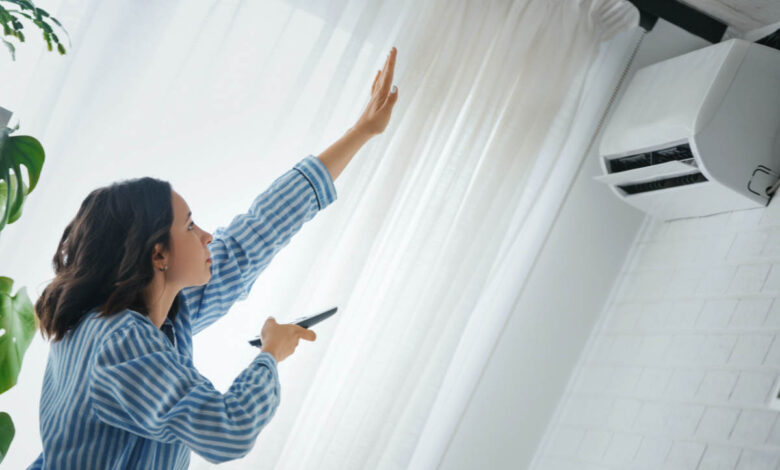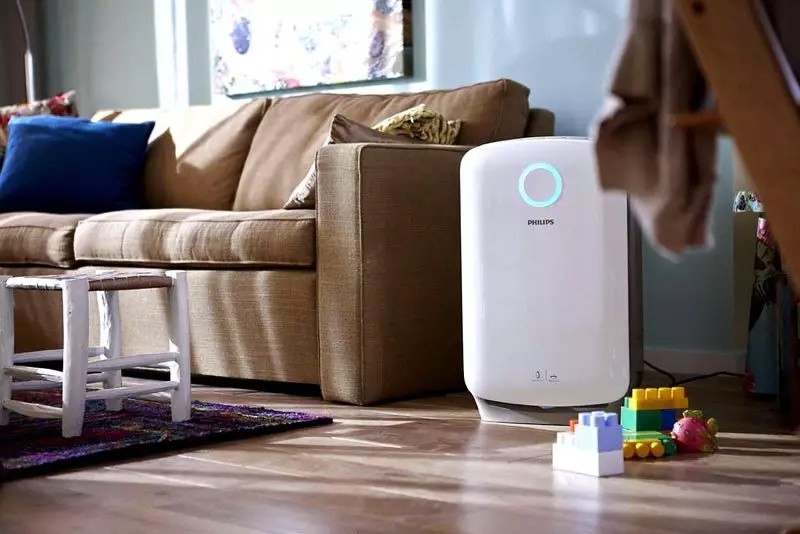Home Air Conditioner – The Nuances Of Choosing And Buying

Today we will tell you how to choose the right air conditioner for your home and where to install it. The air conditioners on the market not only cool the air, but also heat, purify and dehumidify to the required parameters.
It is difficult for the average buyer to make a choice if he or she is not an air conditioning expert. That is why we recommend deciding on a budget first, and then choose a model. In order to choose the right and correct air conditioner, you will need to know a little more about the brand and the necessary characteristics.
The most important criteria are the reliability and performance of the device. Models with ionizers, self-cleaning and self-diagnostic systems are popular this year. Manufacturers do not stand still and every year they produce new and improved models.
By the way, to be sure that the air conditioner works properly, you should periodically change the filters and clean the device. And you should also contact a specialized air conditioning repair company. To contact a professional, click here. The company repairs not only air conditioners, but also heating, and if you have any questions, you will always be consulted.
The principle of air conditioning: how does it work?

The essence of the air conditioning system is based on the physical property of liquids to absorb and give up heat. The air conditioner does not create cold, it just transfers heat from the room to the street. And it does this with the help of a refrigerant (freon). It is a gas, which carries out the process of heat transfer in the most efficient way.
There is a closed circuit between the outdoor unit and the indoor unit, through which the refrigerant moves. In cooling mode, the heat is transferred from the room to the outside. In heating mode – vice versa. Thus, the air conditioner is a heat pump, which transfers heat from one room to another.
In cooling mode, the liquid refrigerant absorbs heat from the air in the room. At the same time, it is heated and transformed into a gaseous state. The gas is then transported to the outdoor unit via copper pipes. Here, under compressor pressure, it is converted back into liquid, releasing the accumulated heat.
Then the heat exchanger of the outdoor unit comes into operation, which transfers the heat to the outdoor air. The heat exchanger is a construction of copper tubes, which ensures the exchange of heat between the refrigerant and the air.
How the heat exchanger is made largely determines the efficiency of the cooling or heating process. For example, to increase the heat exchange area, additional transverse aluminum plates are made, different alloys are used, etc.
But in the heating mode, the heat exchange is carried out in the opposite direction. That is, the heat is accumulated from the outside and transferred inside the room. Since heat energy is not created, but simply transferred in space, heating with an air conditioner is one of the cheapest sources of heat!
Can an air conditioner clean the air?

Almost all household split systems are equipped with coarse dust filters. But they catch only large and medium dust particles. And they are designed to protect the internal parts of the system from dust. But not for purification of air in a premise at all.
Concerning the fact that a conditioner can clean air on the premises, there is no such. Though many makers are claiming to have a filtration system, including allergens, viruses and bacteria. But the area of these filters is so small, that it is not correct to speak about any serious treatment. The only air-conditioner, which purified air with the efficiency of a professional air-cleaner, was Toshiba Daiseikai. But this model is not supplied to Russia anymore.
The same can be said about ionizers, which are built into the wall-split-systems. All of them are made by completely wrong technology and do not provide quality ionization. Therefore, if you want to clean or ionize the air in the apartment, you need a separate device.
How to choose the power of the air conditioner?
When choosing the capacity of the air conditioner, you must first of all take into account:
- the area of the air conditioned room;
- height of ceilings (the resulting volume of air in the room;
- location of windows relative to cardinal points (more heat comes in through the windows facing south);
- heat gains from equipment and people in the room.
The simplest calculation is 1 kW per 10 square meters for a standard ceiling height of 2.8-3.0 meters. If the windows are on the south or west side and there is a lot of equipment and people in the room, add 15-20% to increase the power.
What features does a home split system have?

Of course, the main function here is air cooling. And modern air conditioners are able to cool air up to +17-18 C. As a rule, the working range of outside temperatures of household split-systems in cold mode is from +15 to +40. And only specialized models can cool a room up to -30\40 C.
In addition to cooling, the split system can operate in the following modes:

- Heating. Almost all split-systems work on the principle of heat pump. That is why they can not only cool, but also heat air.
Just in heating mode, the conditioner transfers heat in the opposite direction: from a street to a premise. The effectiveness of this function is justified up to -10/15 degrees.
And for heating at lower temperatures you need special models.
There are even models, which can effectively heat a private house or office up to -20 degrees Celsius outside.
- Dehumidification. It is known that when the temperature drops, excess moisture condenses out of the air. Therefore, dehumidification is a “side effect” of cooling.
- Ventilation. It is the circulation of air in a room without changing its temperature and humidity.
In addition, almost all residential split systems have:
- Night mode with reduced noise level;
- Self-diagnosis of malfunctions;
- Horizontal louver adjustment (up and down);
- Automatic restart after power failure;
- On/off timer.



